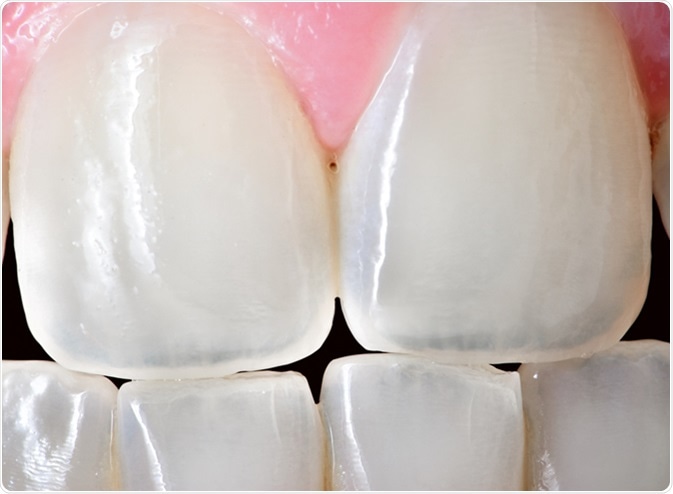
During the procedure, the dentist makes an opening into the tooth and then uses small instruments to remove the pulp and clean out the infection. With a root canal, you may be able to keep your tooth intact. Alternatively, they may remove the entire tooth. Your dentist may treat a dead or dying tooth with a procedure known as a root canal. It could also affect your jawbone and gums. That’s because left untreated, the bacteria from the dead tooth can spread and lead to the loss of additional teeth. It’s important to treat a dying or dead tooth as soon as possible. If you’re concerned about your dead tooth and don’t already have a dentist, you can view doctors in your area through the Healthline FindCare tool.

If you experience any symptoms of a dying tooth, it’s important to see your dentist right away. The pain is often caused by the dying nerve. Others feel mild pain, and still other people will feel intense pain. The discoloration will increase over time as the tooth continues to decay and the nerve dies. It may look almost as if the tooth is bruised. A dying tooth may appear yellow, light brown, gray, or even black. If you have a tooth that’s discolored because it’s dying, it will be a different color than the rest of your teeth. This discoloration will likely be uniform, however. For example, if you regularly consume foods that are staining, like coffee, blueberries, or red wine, or smoke, your smile may appear off-white or light yellow. Healthy teeth are usually a shade of white, though the color can vary depending on your diet and oral hygiene. You may also experience pain in the tooth or gums.

For many people, discoloration may be one of the first signs of a dying tooth. A dead tooth is a tooth that’s no longer receiving a fresh supply of blood.


 0 kommentar(er)
0 kommentar(er)
